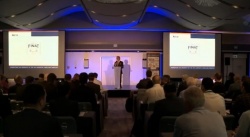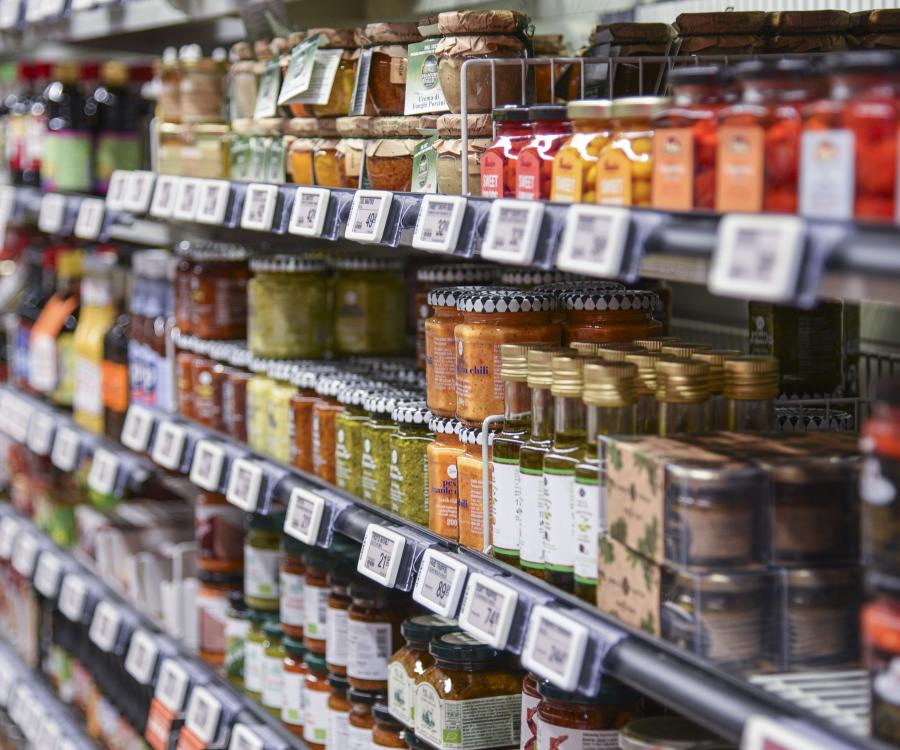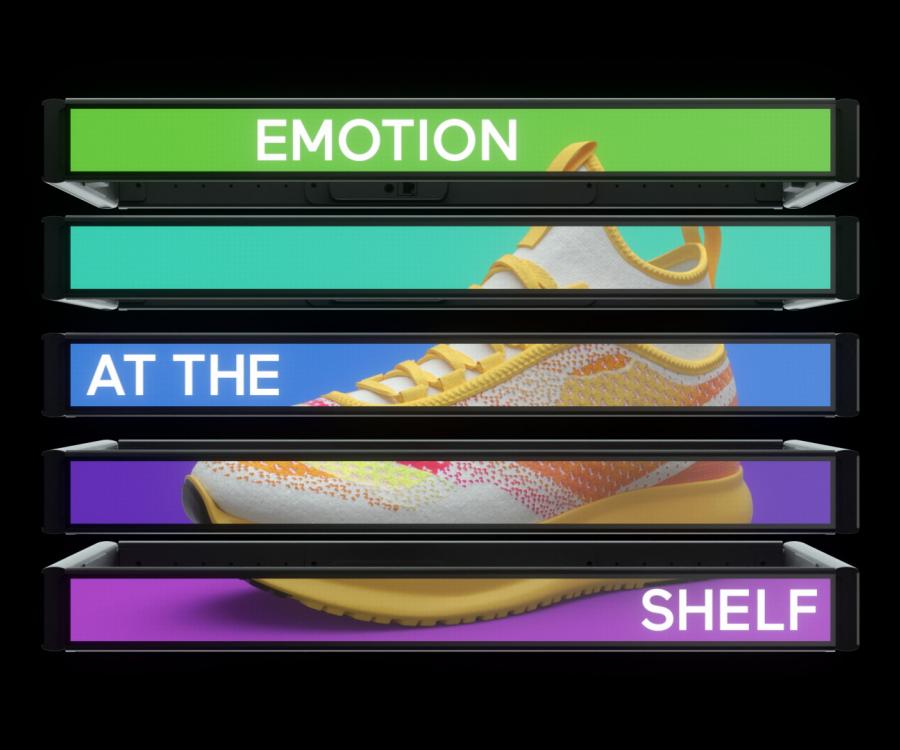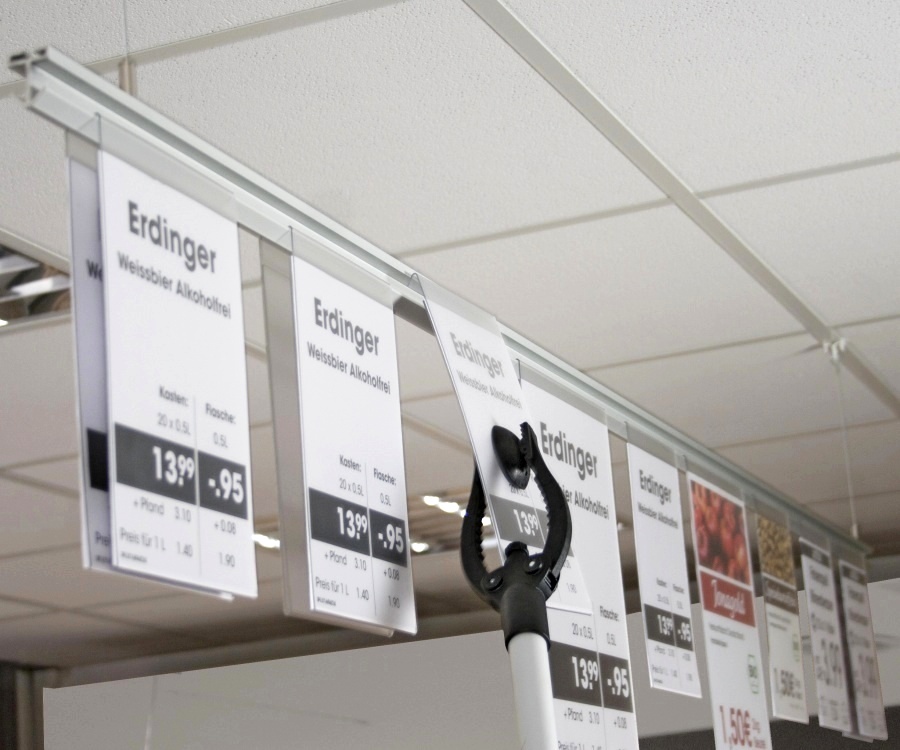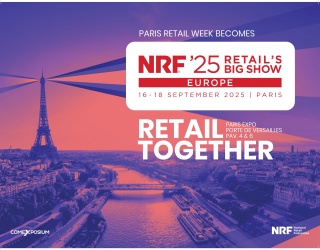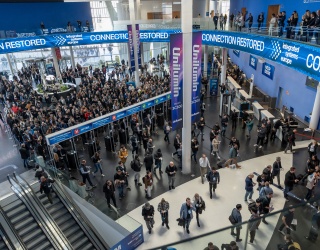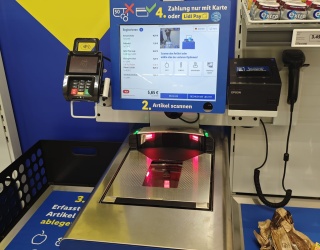Delivering a ‘label’ is not just a matter of printing it. It involves a complex value chain that also spans the material to be printed and the machinery to apply it – whatever the technology employed.
The ‘battle of decoration technologies’ was the focus for an expert panel of suppliers who came together at the annual congress of the label industry’s international association, FINAT, to debate the challenges and opportunities. Their discussions provided valuable insights that set the context for improved communication between brand-owning end users and their ‘label’ suppliers – including printers.
Representatives from key – and different -- aspects of today’s industry supply chain formed the discussion panel. They were Stefan Richter (D), Krones, leading manufacturers of advanced process, filling, and packaging equipment – including different label application systems; Geert-Jan Kolkhuis Tanke (NL), Avery Dennison, representing a leading global supplier of label materials, both paper and film, particularly for self-adhesive labels; and Raul Matos (USA), founder of Karlville Development LLC, global leaders in shrink sleeve converting and application equipment as well as pouch converting.
The opportunity to cross-question suppliers was enthusiastically embraced by the congress delegates, who were encouraged prior to the debate to submit questions to moderator Marc Büttgenbach – himself worldwide sales director for labels and consumables for Bizerba, worldwide providers of a wide-ranging portfolio of hardware and software products, particularly in the food arena.
Which technology?
‘Why would a brand owner choose any particular labelling technology for a product?’, Mr Büttgenbach asked. For shrink sleeves, Karlville’s Raul Matos said that it is the ‘ability to label different shapes and sizes of container. Sleeves on smaller single-serve bottles are economically-viable’, he said. The choice driver for self-adhesive labels, said Avery Dennison’s Geert-Jan Kolkhuis Tanke, would be ‘the huge selection of materials and products available to meet every price requirement – and changing with innovation, as with other technologies.’
In fact, the panel agreed, we are living in a multi-technology society – and a society where the materials employed will work with both conventional and digital presses. ‘Krones today make multi-technology labelling machines’, said Stefan Richter, reviewing current trends. ‘While wet-glue labelling is declining,’ he added, ‘it is still only possible to achieve the “no-label look” with self-adhesives.’
Ever-changing demands
Indeed, the demands of a ‘label’ are ever-changing – not just in response to brand owners’ marketing and promotional needs, such as QR codes, but – particularly today -- in response to legislative requirements for expanded label content. The resultant for greater label space, and bigger labels, is certainly challenging brand owners and the label supply chain. In this respect, Avery Dennison’s Geert-Jan Kolkhuis Tanke drew attention to the value of leaflet labels, which he described as ‘applying labels to labels’, and which have been a successful feature of self-adhesive labelling – particularly in the field of pharmaceuticals -- for many years now.
Expanded label content is also a topic of focus for the very distinct production characteristics of shrink sleeve labels, according to Karlville’s Raul Matos. He observed: ‘QR codes, for example, need to be placed on an area of low shrink’, he said, underlining the need to involve the whole supply chain, from the designer onwards, in creating a successful shrink sleeve.
Security and ‘smart’ data functionality
Barcodes and other ‘smart’ printed data also have a role to play in product authentication and track-and-trace activities – which are only one part of the opportunities to create layered overt – visible -- and covert – invisible -- security elements in and on a self-adhesive label, as Mr Kolhuis Tanke pointed out. RFID labels are, of course, a good example of the successful application of this principle although, as Mr Matos added, they are today primarily ‘interesting as a security device for high-priced products’.
Conversation moved on to a subject which the panel agreed is definitely a coming technology: linerless labelling, which is already achieving a strong presence on supermarket food prepacks, and to another developing pathway for label converters -- printing flexible packaging. Mr Matos observed: Our industry currently only has a tiny percentage of this market’, he added, ‘but we could have much more!’ He reminded the audience that two different, but complementary, businesses exist within the broad packaging arena -- primary and secondary packaging – both of which could, today, be addressed by label producers. He added, however: ‘In our industry, this requires a mindshift... we need to embrace flexible packaging as a closely-related brother industry.’
He drew attention to a good example of a practical enabler in this respect -- the latest HP Indigo digital press for both paper and film webs up to 750mm wide, which is capable of printing flexible packaging.
Price versus sustainability
The moderator directed the conversation to a major focus for FINAT members: the issue of ‘price versus sustainability’. The true definition of ‘sustainability’ needs to be established, said Mr Kolkhuis Tanke for Avery Dennison, because, he said, ‘it is also about efficiency on the production line, and TCO – total cost of ownership: can it bring savings?’
Mr Matos, for Karlville Development, expanded the discussion to include shrink sleeves, which, he said, are in some “green” communities not considered a sustainable solution. ‘But’, he underlined, ‘new technology DOES now allow sleeve separation in PET recycling.’ He added that he believes ‘shrink sleeves will continue to grow as packaging continues to change: refills, pouches with closures these are the things that will create the tipping point.’
‘Sustainability is also about the trend to thinner materials’, Mr Richter pointed out, highlighting a key factor for Krones’ business platform. They, however, ‘require more skill at the application point, and underline the need for quality labelling materials – even though thinner materials are driven by price!’
Threats?
Two pathways to product decoration were identified as threats to the label industry – both primarily focussed on the increasing capabilities of digital technologies. ‘With all our currently-available technologies’, said Krones’ Stefan Richter, ‘we still can’t decorate a three-dimensional surface!’ 3D printing’s challenges are partnered in the threats arena by direct-to-container print, which do away with the need for an additional label substrate, as shrink sleeve expert Mr Matos pointed out.
The future?
Currently, Krones are experiencing increasing evidence that brand owners are choosing a ‘mix’ of labelling technologies, Mr Richter said. ‘In fact’, Moderator Büttgenbach added, ‘labelling and packaging are merging together, more and more. What, then, is the likely scenario for five to ten years’ time?’
For Mr Kolkhuis Tanke and Avery Dennison, it will mean ‘more self-adhesive products, greater efficiency, high-speed label application, and much more in the way of ‘smart’ labels and Near-Field Communication (NFC) -- which not only influence consumer behaviour but also significantly augment label functionality’. For Karlville, Mr Matos expects that the medium term will see full automation in the application of shrink sleeves as the market matures, plus a larger share in flexible packaging – particularly pouches. Whatever the case, the label application machinery has a key enabling role to play, said Krones’ Stefan Richter. ‘There will be a highly-flexible “open system” of application – but material suppliers need to involve the application industry earlier in their developments to facilitate change at our end.’
Will any one technology be the ultimate winner, was the moderator’s final question. The panel agreed that there is room for everyone. ‘We will all be part of a growing business’, said Mr Richter.
FINAT is actively pursuing the promotion of a broader technology base than has been traditional in label printing companies, and the topics raised by delegate questions in this valuable panel discussion prove that the association’s membership is also enthusiastically embracing a wider definition of a ‘label’.
What did industry players think of the FINAT Congress 2014 and why do they come back each year to this event? See the video here:
Source: FINAT

